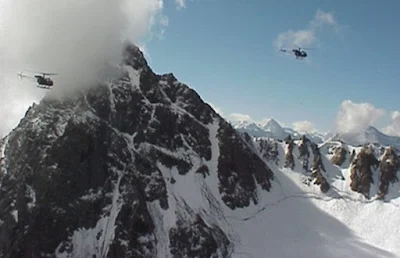India’s Tiger Hill in Ladakh and Its Strategic Importance
Introduction to the Tiger Hill
The Tiger Hill is a mountain in the Drass-Kargil region of the Union Territory of Ladakh in India. Another name for the Tiger Hill is Gangz La; It is also known as Point 5062. Tiger Hill is one of the highest peaks in the Ladakh region. The mountain came up for discussion during the 1999 Kargil war; it was an important battlefield. There is another mountain named the Tiger Hill in Darjeeling of West Bengal state of India.
 |
| India’s Tiger Hill in Ladakh and Its Strategic Importance |
The strategic importance of Kargil Tiger Hill
Because Tiger Hill is the highest point in the sector, it has a spectacular view of National Highway 1D, which runs between Srinagar to Kargil and serves as the Kargil sector’s principal supply route. Any adversary on the hill would have a direct line of sight to the headquarters of 56 Brigade, the main Indian unit in the area, and could also direct artillery fire onto a 25-kilometer stretch of the national highway, impeding Indian troop and supply mobility. In addition, the top provided a lookout position for other adjacent peaks. There were also many important surveillance points around the summit of Tiger Hill.
Battle of Tiger Hill in 1999
The Kargil War is an important chapter in the history of India. This bloody history has written the ballad of the bravery of the army of the country. A relevant aspect of that chapter is the occupation of Tiger Hill. This Tiger Hill is the only point in the Dras area of Jammu and Kashmir. Pakistan also tried to infiltrate through here during the 1999 Kargil war.
In 1999, the then Prime Minister of India Atal Bihari Vajpayee and his Pakistani Prime Minister Nawaz Sharif attended the Lahore Conference in Pakistan to find a lasting solution to the Kashmir issue. But then Pakistani troops crossed the Line of Control and entered Indian territory.
As Pakistani troops began to infiltrate India, it became imperative for India to capture Tiger Hill due to the movement of infiltrators. The most important task for the Indian Army during the Kargil War was to recapture those peaks. With this goal in mind, Indian troops first targeted the Tiger Hill and Tolling Complex in Dras and then the Batalik-Turtak sub-sector, which facilitated access to the Siachen Glacier.
Suddenly, India’s Tiger Hill was recaptured and Pakistan was attacked from three directions simultaneously. Sixteen Indian grenadiers, two Nagas and six Sikh soldiers climbed the top of the 1,000-foot-high Tiger Hill to attack Pakistani forces. The suddenness of this attack left Pakistan speechless. Twelve grenadiers tied ropes for twelve hours straight and attacked the top of a steep hill 18,600 feet high.
The Kargil war started on July 3, 1999 and ended on July 26, 1999 with the victory of India.
Kargil Vijay Diwas
The Kargil war was finally and officially ended on July 26, 1999. The 1962 Simla Agreement established Indian sovereignty over the entire south and east of the LoC. The day of July 26 is observed as Kargil Vijay Diwas in India.

Post a Comment
Write you think.